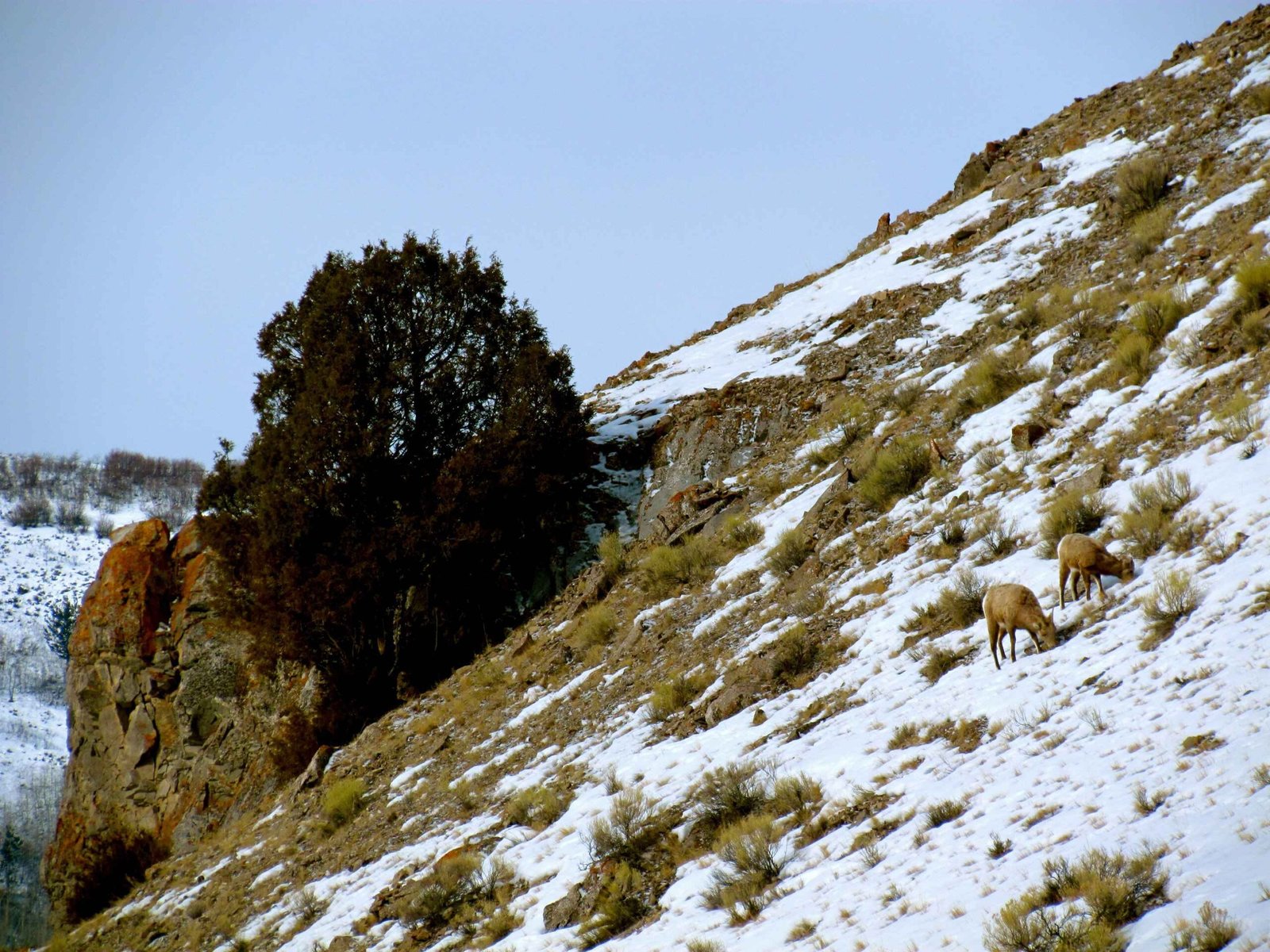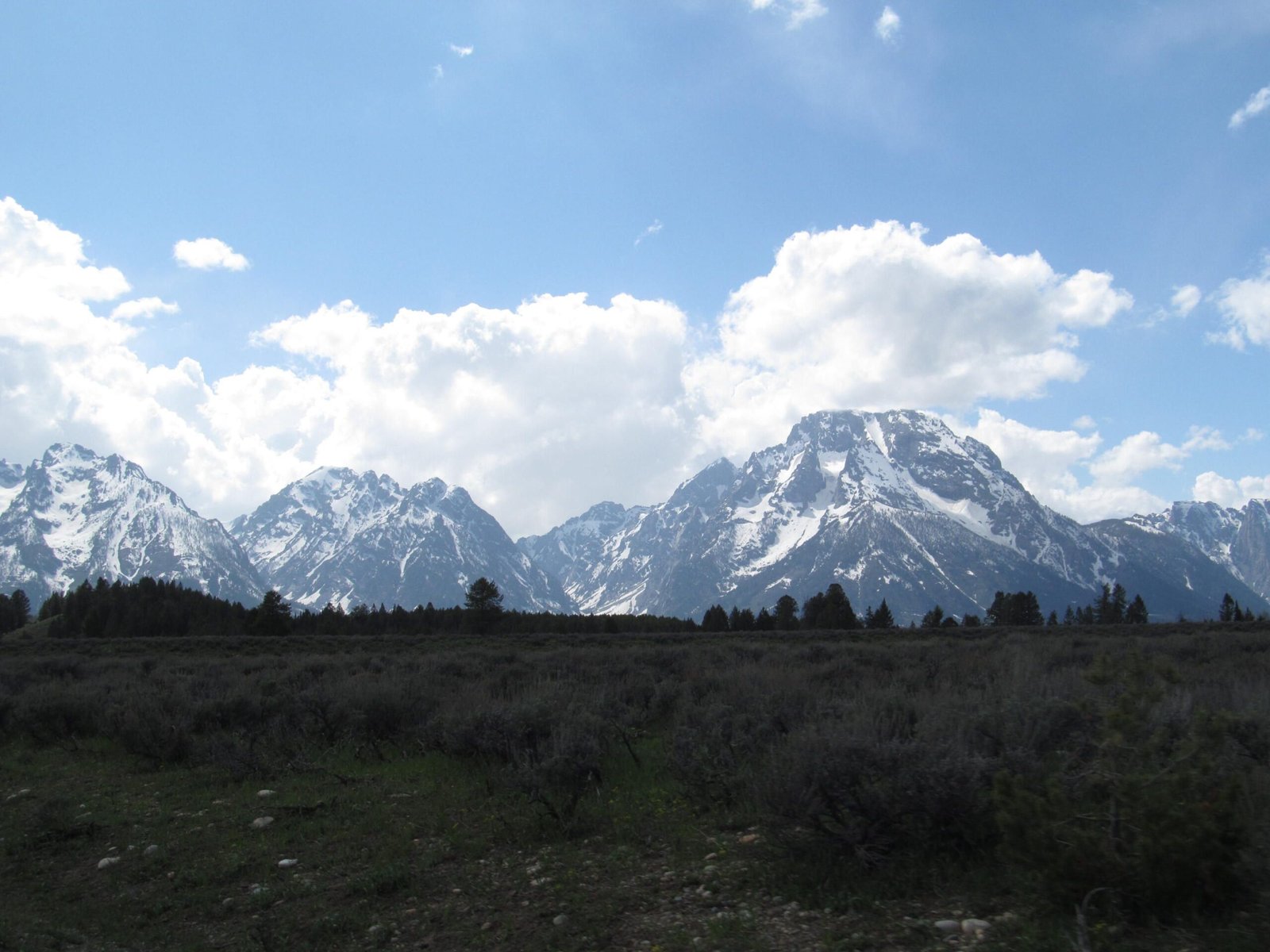Red foxes inhabit diverse terrains within Grand Teton National Park, strategically navigating meadows, forests, and human-adjacent landscapes. These adaptable predators thrive across elevation ranges, presenting wildlife enthusiasts with unique opportunities to observe their behavior in stunning alpine environments. Understanding their habitat preferences and movement patterns can significantly enhance your chances of encountering these elusive creatures.
What Makes Grand Teton an Ideal Red Fox Habitat?

Red foxes in Grand Teton National Park demonstrate remarkable adaptability across various ecosystems. Their survival strategies include:
- Diverse Terrain Utilization
- Alpine meadows
- Coniferous forest edges
- Riparian woodland zones
-
Open valley landscapes
-
Elevation Range
- Comfortable from 6,000 to 10,000 feet
- Adaptable to temperature fluctuations
- Resilient in winter and summer conditions
Where Can Visitors Potentially Spot Red Foxes?
| Location | Likelihood of Sighting | Best Time |
|---|---|---|
| Taggart Lake Trail | High | Dawn/Dusk |
| Jackson Lake Dam | Moderate | Early Morning |
| Signal Mountain Area | Moderate | Late Afternoon |
| Campground Peripheries | Low-Moderate | Twilight Hours |
How Do Red Foxes Survive in Grand Teton?

Red foxes leverage sophisticated hunting and survival techniques within the park’s ecosystem. Their diet primarily consists of:
- Small mammals
- Mice
- Voles
- Ground squirrels
-
Rabbits
-
Seasonal food sources
- Berries
- Insects
- Occasional carrion
- Small bird populations
What Behaviors Influence Fox Visibility?
Wildlife observers should understand red fox behavioral patterns:
- Activity Cycles
- Most active during crepuscular periods
- Minimal midday movement
-
Increased nocturnal activity during summer
-
Territorial Considerations
- Males typically cover 3-4 square miles
- Females maintain smaller territories
- Seasonal migration patterns vary
Expert Tracking Recommendations
Professional wildlife photographers and naturalists recommend:
- Use binoculars with 8-10x magnification
- Wear neutral, earth-toned clothing
- Move slowly and quietly
- Maintain significant distance
- Avoid direct eye contact
- Use telephoto camera lenses
Critical Observation Tips
- Respect wildlife boundaries
- Never feed or approach foxes
- Observe from designated viewing areas
- Carry appropriate wildlife viewing equipment
- Check park ranger stations for recent sightings
Seasonal Viewing Strategies
| Season | Visibility | Recommended Approach |
|---|---|---|
| Winter | High | Snow contrast makes tracking easier |
| Spring | Moderate | Increased movement during mating season |
| Summer | Low | Dense vegetation reduces visibility |
| Autumn | High | Preparation for winter increases activity |
Conservation and Ethical Viewing
Grand Teton National Park emphasizes responsible wildlife observation. Visitors must prioritize animal welfare and ecosystem preservation over personal photographic or observational goals.
Pro Tip: Join ranger-led wildlife programs for enhanced understanding and potential guided fox observations.
Final Wildlife Insights
Red foxes represent a fascinating component of Grand Teton’s complex ecosystem. Their presence symbolizes the park’s rich biodiversity and delicate environmental balance.
Reference:
– National Park Service
– Wyoming Wildlife Resources
– Grand Teton Wildlife Foundation

